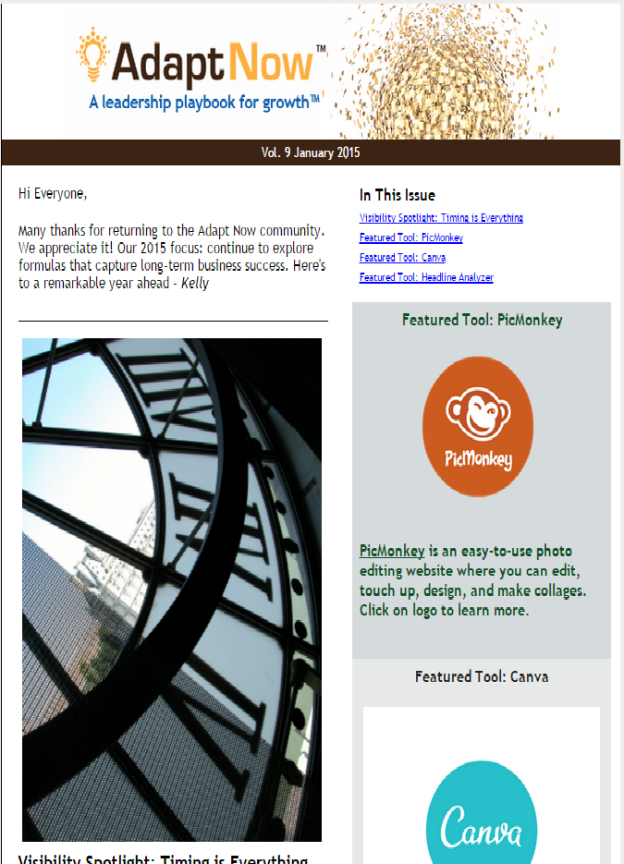 Resilient leaders will leave their mark on the future, just as they have shaped history. Despite changing economies they have bounced back and managed to stay focused while moving their businesses forward. How can we learn from their successes? To find the answers, I sat down with Mary Ann Zimmerman, author, LPC, LISAC, and accomplished business leader to address these questions:
Resilient leaders will leave their mark on the future, just as they have shaped history. Despite changing economies they have bounced back and managed to stay focused while moving their businesses forward. How can we learn from their successes? To find the answers, I sat down with Mary Ann Zimmerman, author, LPC, LISAC, and accomplished business leader to address these questions:
Q: What is your definition of a resilient leader?
Ms. Zimmerman: Resilience is often described as a learnable mindset that predisposes us to “bounce back” in the face of loss or adversity. Resilient leaders, however, do more than bounce back—they bounce, and in certain cases, leap forward. They respond to new challenges, even as they maintain the routine operations of the organizations they lead. In addition, resilient leaders quickly get a second wind, and when they see that the status quo is not optimal, they use it to move mountains and build remarkable organizations.
Q: Is resiliency a critical trait for leaders of today and tomorrow?
Ms. Zimmerman: Resiliency has been a critical trait for leaders throughout history. In fact, if you look at leaders in any field of endeavor, whether business or political, we find that many have experienced tremendous setbacks, suffered great adversity, and yet never succumbed for long. Eventually, they overcame their challenges, and went on to great achievements. Examples include Abraham Lincoln, who battled severe clinical depression, and Martin Luther King, who overcame tremendous obstacles to lead the country in a better direction. Or, Steve Jobs who coped with cancer as he created one of the greatest companies in the world.
Q: What advantages do resilient leaders deliver to their businesses and organizations?
Ms. Zimmerman: Though there are many advantages, two in particular come to mind, and involve recognized leaders whose companies touch our daily lives.
First, resilient leaders model resilient behavior to other employees. In essence, they serve as an inspiration as others see how resilient leaders deal with adversity, overcome challenges, and move forward in spite of these instances. One such leader is Howard Schultz who regained his position as Starbucks CEO in 2008.
In the darkest days of the recession, many analysts and media outlets had written Starbucks off. However, armed with a positive mind-set and a business mantra which included: always challenge the old ways, Mr. Schultz returned financial discipline, bottom-line efficiency, and a back-to-basics focus to the company.
For example, the company had been losing tens of millions of dollars a year by pouring excess steamed milk down the drain. By simply putting a serrated internal ring inside a pitcher to guide how much milk a barista can use for a latte, Starbucks saved millions. As with Steve Jobs at Apple, Starbuck’s second act, led by Howard Schultz, turned the company’s iconic brand around.
And second, resilient leaders tend to be more optimistic and purposeful. This can lead to a positive emotional “contagion” effect on a work team, and cause other team members to get “caught up” in the energy that results.
One leading practitioner of empowerment management, John Mackey, the co-CEO of Whole Foods Market, Inc. believes that purpose inspires people. This has been his belief since opening his first food store in 1978, and has helped build his business into a $10 billion Fortune 500 company that is now one of the top supermarket firms in America.
Q: What are three good tips you can share and that leaders can use immediately to boost their resiliency?
Ms. Zimmerman: Initially, leaders need to familiarize themselves with the benefits of resilience learning, and do a careful self-analysis to gain some perspective. The formula is as follows:
Understanding Your strengths + Understanding Your Weaknesses = Resilient Strength
Next, leaders need to immerse themselves in the subject of learned optimism. The research shows that rational, learned optimism, like any other attribute and skill, can be cultivated.
Optimism is one of the single greatest predictors of resilience, and is correlated highly with positive outcomes in virtually every field of human endeavor. Consider the following quote from Dean Becker, the President and CEO of Adaptiv Learning Systems in Harvard Business Review: “More than education, more than experience, more than training, a person’s level of resilience will determine who succeeds and who fails. That’s true in the cancer ward, it’s true in the Olympics, and it’s true in the boardroom.”
Finally, leaders need to learn some concrete tools, and then take action. Understanding resiliency abstractly is a necessary but insufficient condition for success. Many of the resiliency building tools available to individuals and companies are simple to implement, but must be practiced on a regular basis in order to take effect.
Opportunity
Who will you inspire with your optimistic outlook today or before the upcoming holidays? You could: Identify one person inside your business or organization that has inspired you or others, and thank them for it.












